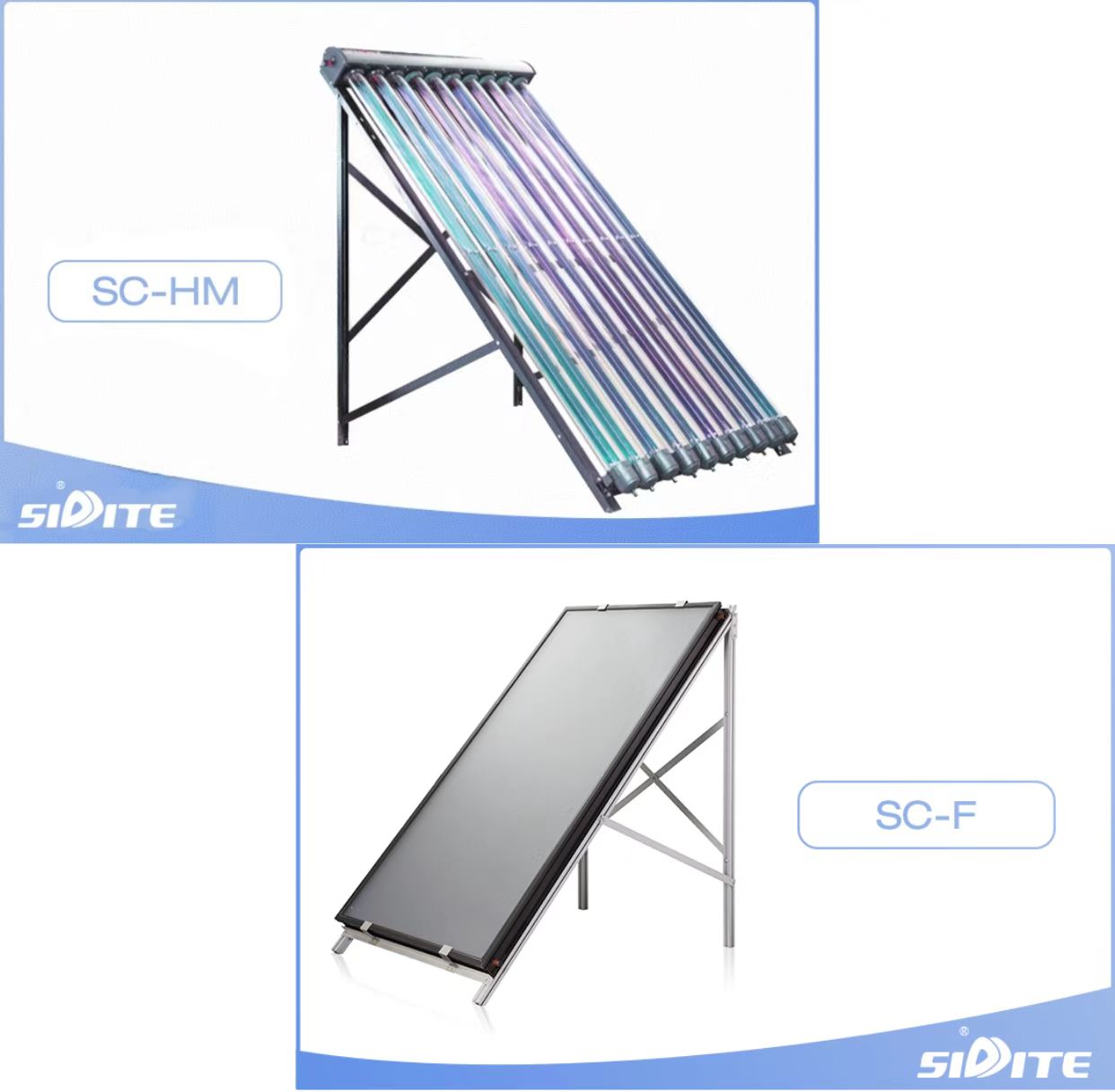Which Solar Collector Heats Water More Efficiently? A Comprehensive Guide

From increasing energy costs to a greater concern for the environment, the selection of the appropriate solar collector for efficient water heating has become very important. Be it to cut down energy bills or to reduce your carbon footprint, understanding the performance of different solar collectors is key to making the right decision. This guide goes in-depth into the types of solar collectors, their efficiency levels, and what makes one system outperform another.
1. Variants of Solar Collectors Explained
There are primarily two sets of solar collectors: the flat plate collectors and the evacuated tube collectors. Both have their specific advantages:
Flat Plate Collectors
This is the original and traditional way of solar water heating. It consists of a dark absorber plate covered by a transparent cover. It is durable, inexpensive, and suitable for those areas that are rich in sunlight.
Efficiency Highlight: Flat plate collectors have a maximum of 70% efficiency under ideal conditions.
Evacuated Tube Collectors
These are advanced systems with parallel glass tubes that are vacuum-insulated. They work exceptionally well in colder weather and on overcast days.
Efficiency Highlight: Because of the superior heat retention qualities, evacuated tube collectors can achieve efficiencies of over 90%.
2. Efficiency Factors: What Affects Performance?
Several factors come into play to determine the efficiency of a solar collector:
Climate and Weather: Evacuated tubes hold heat better in cold weather, while flat plates do well in warm, sunny conditions.
Angle and Orientation: Proper installation guarantees maximum sun exposure, which directly affects efficiency.
Material Quality: High-quality materials are used to make collectors reflect heat better and last longer.
Maintenance: Regular cleaning and servicing prevent any loss of efficiency due to dust or wear and tear.
3. Flat Plate vs. Evacuated Tube: The Big Debate
A head-to-head comparison reveals:

In the case of colder climates or efficiency all year round, evacuated tube collectors remain unparalleled. Flat plates work well for those seeking economy-friendly solutions where the sun is bright.
4. Frequently Asked Questions About Solar Collector Efficiency
Q1: What is the best collector commercially?
Because of its efficiency, evacuated tube collectors are always considered for large-scale purposes.
Q2: How long does a solar collector last?
With proper maintenance, both types can last 15–25 years.
Q3: Are there government incentives for installing solar collectors?
Many countries offer tax credits and rebates to encourage solar adoption. Check local programs for eligibility.
5. Making the Right Choice
To maximize efficiency:
Assess your climate and energy needs.
Consult with solar experts for tailored recommendations.
Consider a hybrid system if you face varied weather conditions.
Your best solar collector is a matter of understanding your peculiar needs and site conditions. Whether you go for the affordable flat-plate collector or the high-performance evacuated tube, your choice will result in long-term energy savings and environmental benefits. Solar technology is rapidly improving, and at no other time is adopting alternative sustainable solutions easier than it is today.
Take the first step towards smarter water heating today, transforming your energy with the power of solar.